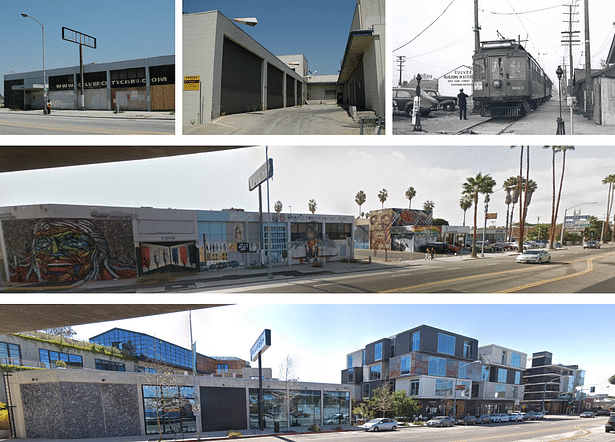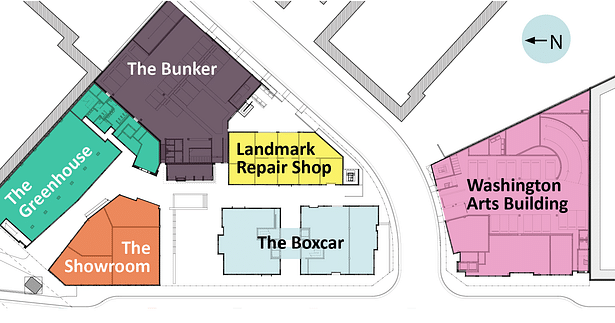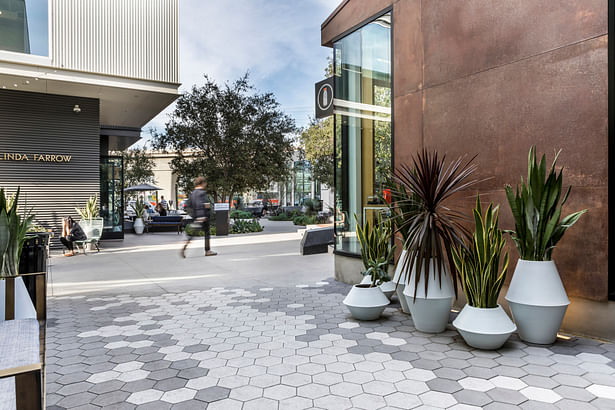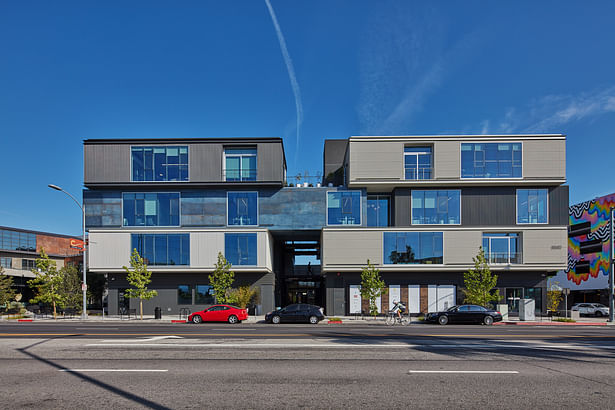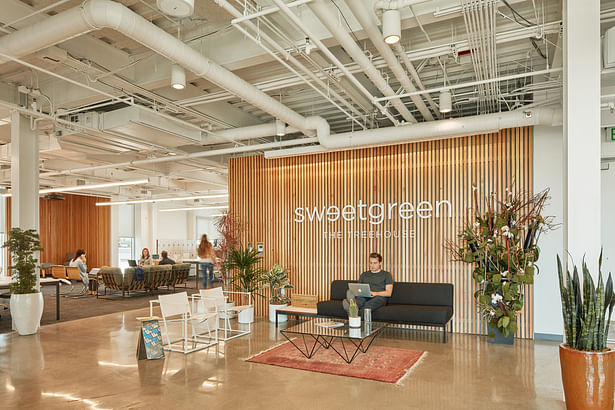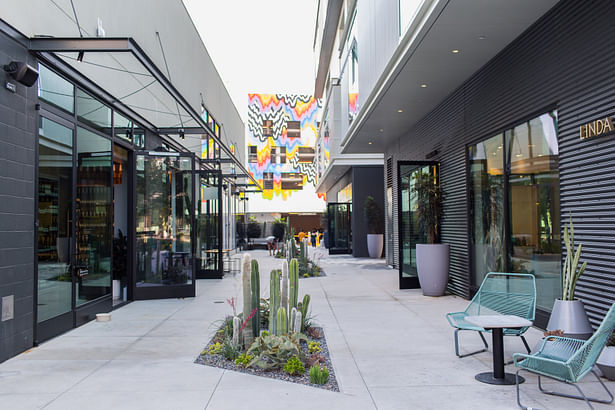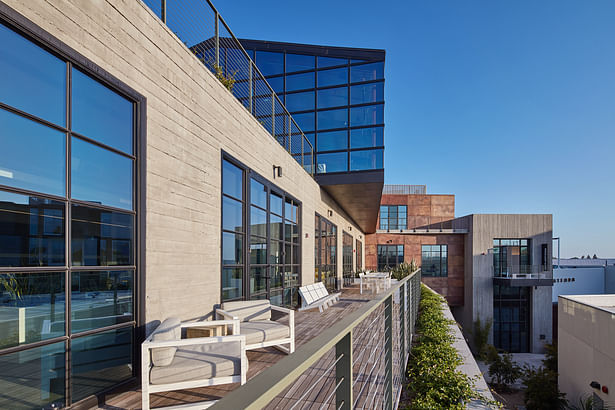
Los Angeles, CA
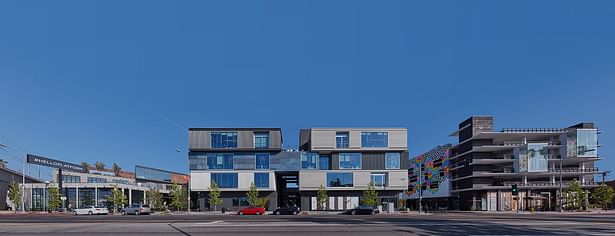
The original project site was located in an abandoned and blighted area of Culver City. Situated in between the Helms Bakery District, Downtown Culver City, and the new metro line station, this area had fallen behind and was in need of life. It was the perfect opportunity to inject this neighborhood with a dose of fresh and bold design.
PLATFORM is unique in its urban atmosphere that blends grit and cultivated, found and discovered, and repurposed with new. The team at Abramson Architects was able to create a culture that celebrates uniqueness through various architectural diversities that still manage to exist in a definitive overall vision. The design acts as a memory book from occupants past. It is a resurrection and a celebration of abandoned prior operations that have now been reimagined through the art of architecture. The eclectic nature of the project derives from the history of this site, and the design team’s desire to keep those elements woven throughout.
Boxcar
In the early 1900s, the site served as a railroad station frequented by freight trains. After it’s closing, the lot became a junk yard littered with abandoned boxcars. Inspired by this piece of history, the designers envisioned the Boxcar building as an homage to the stacked and scattered freight cars.
Washington Arts
Existing street art, which adorned the vacant site, inspired the bold graffiti art style of the Washington Arts building. The mural-clad structure houses an upscale restaurant, artists lofts, and parking. The artwork breaks up the parking facility’s massing while providing a place-specific focal point.
Landmark Repair Shop
Designer shops and renown chefs are tucked thoughtfully behind the Boxcar building in the more human-scaled Landmark Repair Shop. Recalling the structure’s past life, the last vestiges of repurposed automotive bays are juxtaposed with modern appointments, introducing glass storefronts where roll-up garage doors once existed.
Bunker
An existing building, previously utilized as parking and storage for the defunct car dealership, is reintroduced to accommodate retail and additional parking. The new single-story steel storefront structure creates architectural cohesiveness between the Bunker and its neighboring buildings.
Greenhouse
Traveling back towards the highly-trafficked street frontage, the elevated Greenhouse guides visitors into a grander community-scale. Explorations into the abandoned freight train lot provoked the design team who studied reference images of industrial remnants covered by the unbridled growth of wild grasses and flowers. Since opening, the Greenhouse has attracted an upscale rooftop dining tenant.
The Showroom
The sixth and final space that defines the Platform is the Showroom. Repurposing the existing automotive showroom into an ideal storefront ultimately attracted an “eco-chic” clothing line to the location. The original car dealer sign pole and frame are incorporated into the design.
Status: Built
Location: Culver City, CA, US
Firm Role: Architect
